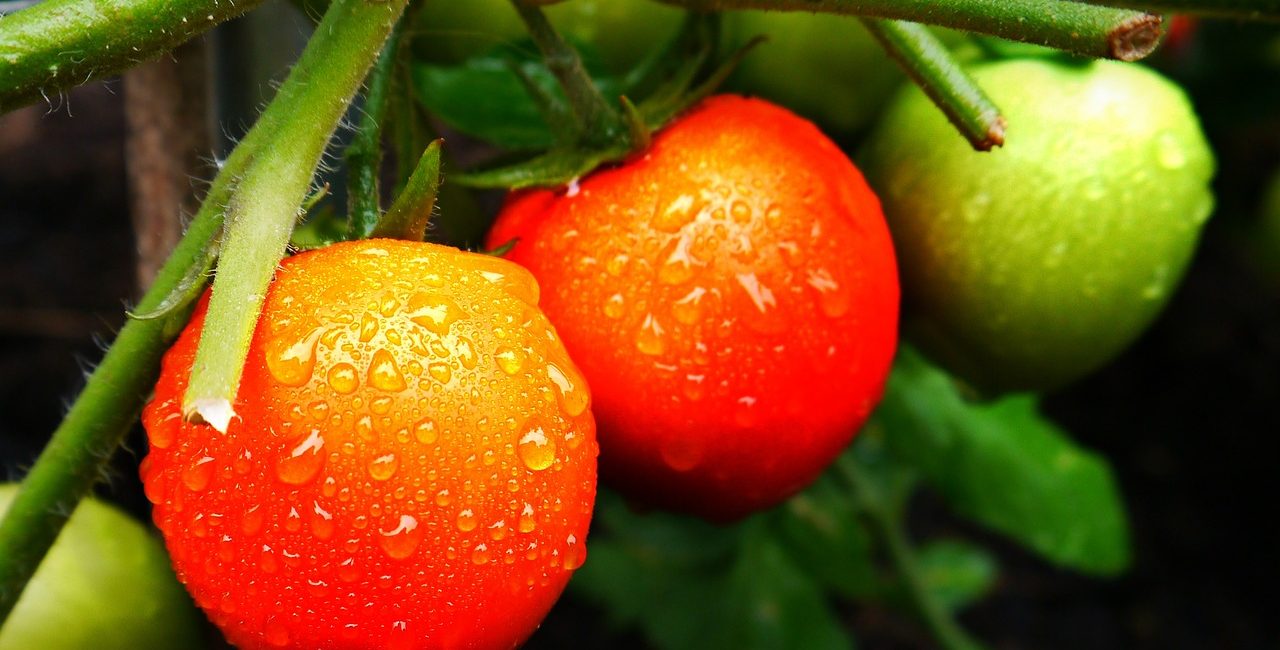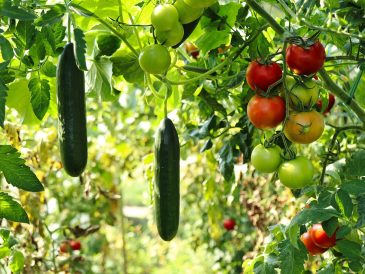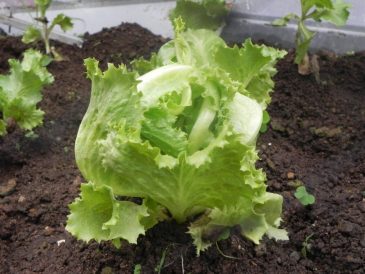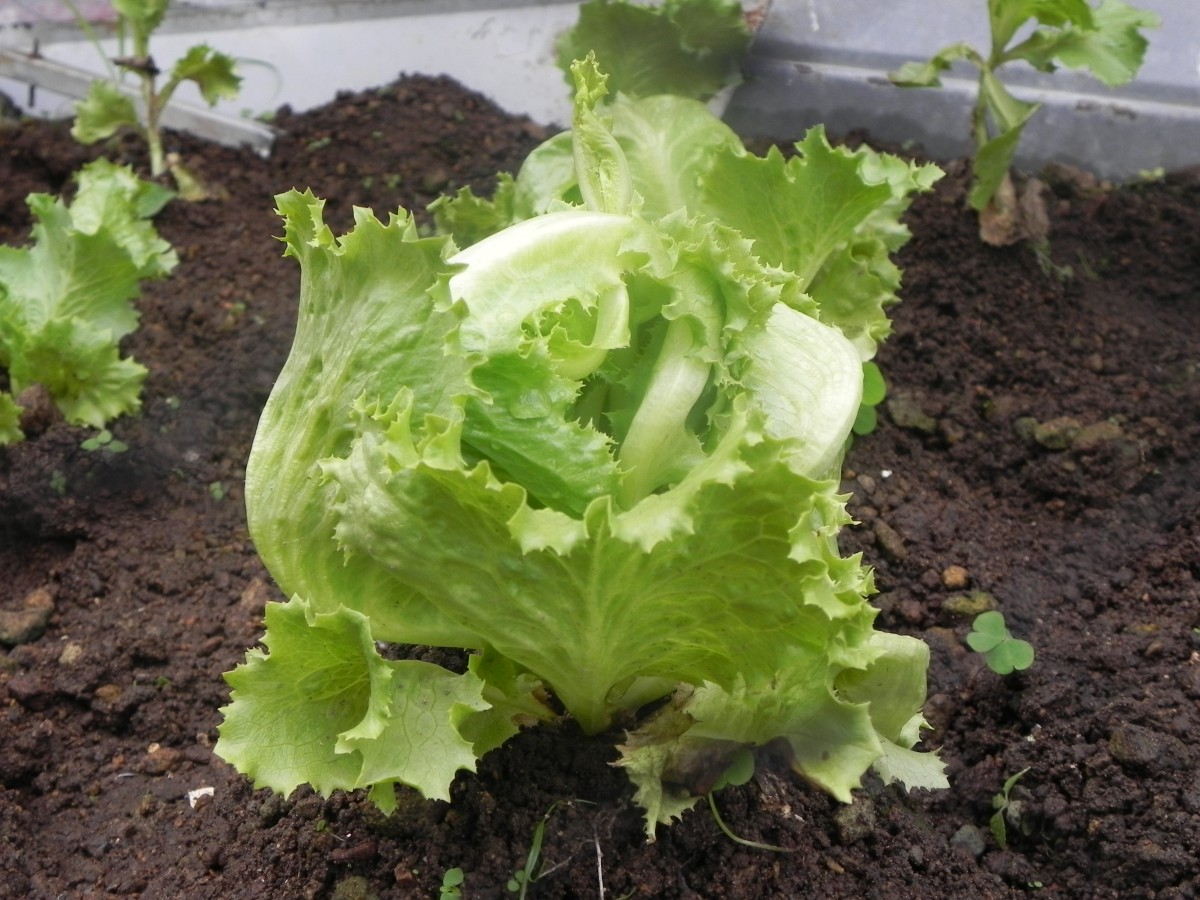Gardening is a practice deeply rooted in history, and one of the most fascinating aspects of this timeless tradition is the cultivation of heirloom vegetables. These heritage plants have a storied past, offering a window into the flavors, colors, and textures of bygone eras. In this blog, we’ll delve into the world of heirloom vegetables, exploring their rich history, unique characteristics, and why they are experiencing a resurgence in popularity among modern gardeners.
The Tale of Heirloom Vegetables:
An heirloom vegetable is defined by its age, having been passed down through multiple generations. These plants are typically open-pollinated, meaning they reproduce naturally through the wind, insects, or other natural mechanisms, without human intervention. Unlike modern hybrid varieties, heirlooms breed true to type, maintaining their unique traits year after year.
A Taste of History:
One of the most compelling aspects of heirloom vegetables is their ability to connect us with the past. Each heirloom variety comes with its own narrative, often tied to a specific region, culture, or historical period. These vegetables are like time capsules of flavor and tradition, carrying with them the essence of our agricultural heritage.
Consider the ‘Brandywine’ tomato, a classic heirloom variety known for its rich, sweet flavor. This tomato has its roots in the Amish communities of Pennsylvania, and its deep pink, beefsteak-shaped fruit has delighted generations of gardeners and food enthusiasts. Growing a ‘Brandywine’ tomato in your garden is like cultivating a living piece of history.
Biodiversity and Resilience:
Heirloom vegetables also contribute to the preservation of biodiversity. In a world where modern agriculture often relies on a limited number of high-yielding hybrid varieties, heirlooms play a crucial role in safeguarding genetic diversity. This diversity not only provides a safeguard against crop diseases but also offers an opportunity to adapt to changing environmental conditions.
Heirloom vegetables are well-suited to organic and sustainable gardening practices. Their genetic diversity means they can be more resilient to pests and diseases, reducing the need for chemical interventions. Additionally, they tend to be better adapted to local climates, which can result in higher yields and less resource-intensive cultivation.
The Resurgence of Heirlooms:
In recent years, there has been a resurgence of interest in heirloom vegetables. Gardeners and food enthusiasts are rediscovering the joy of growing and savoring these time-honored varieties. What’s driving this renewed enthusiasm?
Flavor and Diversity: Heirloom vegetables are celebrated for their unique and often intense flavors. From the sweet, nutty taste of ‘Cherokee Purple’ tomatoes to the earthy richness of ‘French Breakfast’ radishes, these vegetables offer a diversity of flavors that simply can’t be found in mass-produced modern varieties.
Garden-to-Table Movement: The farm-to-table movement has encouraged a deeper connection to the source of our food. Growing heirloom vegetables in your own garden brings this connection even closer, allowing you to appreciate the full journey from soil to plate.
Local and Sustainable Food: As people become more conscious of the environmental impact of their food choices, there is a growing interest in locally sourced, sustainable produce. Heirloom vegetables fit perfectly into this narrative, as they can be grown in local gardens and support regional food systems.
Culinary Creativity: Many chefs and home cooks value heirloom vegetables for their unique qualities and use them to create distinctive, visually appealing dishes. The vibrant hues and varied shapes of heirlooms can elevate the aesthetics of a meal, making them a favorite among those who appreciate the art of cooking.

Cultivating Heirloom Vegetables:
Growing heirloom vegetables in your garden is a delightful and rewarding experience. Here are some tips to get started:
Select Authentic Seeds: Choose reputable sources for heirloom seeds to ensure the authenticity of your plants. Organizations like the Seed Savers Exchange offer a wide range of heirloom varieties.
Suitable Soil: Prepare your garden soil with the specific needs of your chosen heirlooms in mind. Some may prefer well-draining soil, while others thrive in richer, loamy soil.
Save Seeds: Embrace the heirloom tradition by saving seeds from your own harvest. This ensures the continued preservation of these unique varieties.
Proper Care: Heirlooms may require a bit more attention than modern hybrids, but the flavor rewards are well worth the effort. Regular care, mulching, and organic fertilizers can contribute to a bountiful harvest.
Heirloom vegetables are more than just plants; they are living legacies of history, biodiversity, and flavor. Their resurgence in popularity is a testament to our desire to reconnect with the past, to savor the unique flavors of yesteryear, and to embrace sustainable and environmentally friendly gardening practices. As we cultivate these historic varieties in our gardens, we not only nourish our bodies but also feed our souls with the rich stories and traditions they carry. In growing heirloom vegetables, we rediscover our garden history, one delicious bite at a time.




